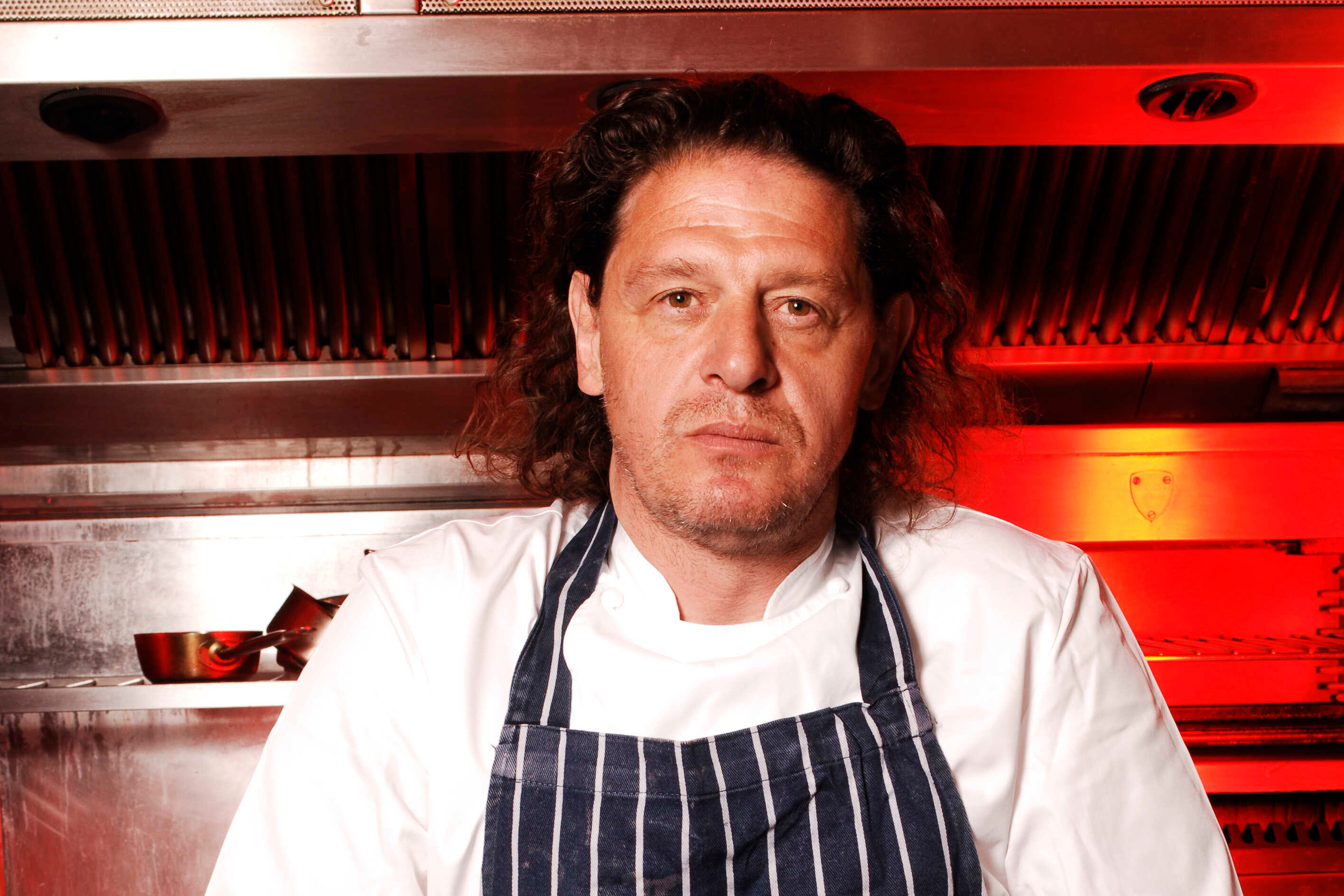There would have been some long and pale faces recently at the excellent Sportsman pub in Seasalter after Canterbury City Council gave it a damning two-star hygiene rating.
This much-loved Michelin star pub recently wowed some friends of mine with skate wings and caviar-rimmed oysters. It’s hard to square their delicious meal with the descriptions of mouldy surfaces in the refrigerators, stained food storage containers, and chefs wearing leather bracelets while cooking.
I’ve never visited the restaurant myself, but it’s still firmly on my bucket list. Probably even more so now that it’ll likely be easier to get a booking. I spent most of my twenties cooking in restaurants like these, and now, mercifully, I spend as much time as possible eating in them instead.
I read Canterbury council’s hygiene review, but nothing in it made me worried about eating at the Sportsman. I was hoping to find a real clanger in the inspector’s notes, like a dead rat in the soup, but he just went on to talk about some missing entries from the fridge temperature logs, an outdated allergen review, and a gap in the cellar door.
The rating system was launched in 2010 by the Food Standards Agency to give consumers accessible information and to encourage businesses to improve hygiene. The rating goes from zero to five, with zero meaning urgent improvement is necessary. It’s been an effective way to slap the wrists of grubby eateries who store food badly or don’t have proper hand wash stations. For better restaurants, however, the system is inaccurate and bureaucratic.
There is a false idea that the more expensive, highly-rated or luxurious a restaurant is, the better the food hygiene will be. You imagine clean-shaven chefs, dressed in starchy bleached whites, darting among gleaming copper pots of sauce espagnole. In reality, it’s a stressful, hot, sweaty pit full of highly-talented alcoholics. The better a chef is, the more he relies on intuition, creativity, and a desire to make the food good. Typically, all else comes second to that, which can lead to practices that the FSA might call ‘unsatisfactory’.
However, an experienced chef knows what’s actually a problem and what’s not. I would have more confidence in lunch cooked for me by a chef from the Sportsman than at the Canterbury City Council canteen, even with all their thermometers and hairnets. It’s easy to follow hygiene regulations if you’re a bad cook. The soulless slop goes across a conveyor belt of colour-coded chopping boards, nitrile gloves, temperature record sheets and meat thermometers.
The criteria laid out by the FSA should be ‘for the guidance of wise men and the obedience of fools.’ Marco Pierre White is a famous example. When making a sauce he would taste it by sucking some from his finger, and then dunk his finger in again for a second taste. He’d then tell his Sous chef to do the same. Two saliva-coated fingers in a single sauce. When serving, if he dropped some sauce on the rim of the plate, he would clean it by spitting on a cloth and wiping it off. Raymond Blanc, on live TV, tasted a raw meatball mixture to adjust the seasoning. Are these chefs being a little gross? Yes. Would it stop me eating their food? Absolutely not.
I was fastidious about hygiene in my own kitchens and always received five-star hygiene ratings. But I wouldn’t blame colleagues who had different ideas, especially if they were good. I worked with an incredible pastry chef who had made cakes for royal weddings, taught at the Cordon Bleu, and who previously had a successful career in developing food products for Bakkavor. He used to keep a small pan of butter on top of the bread ovens to keep it melted (for brushing the inside of cake tins, glazing tarts etc.). Yet he never appeared to change the butter, just top it up. Day in and day out this butter would be left out, uncovered and slightly warm. It was certainly rancid after four months, and had a distinct smell of vomit and yogurt. I dread to think what an inspector would have to say about it, but in reality his pastry always turned out delicious and digestible.
Real problems in hygiene rarely come from the chefs or what colour chopping board they use. Instead, they come from much deeper failings. When Heston Blumenthal’s restaurant the Fat Duck infected 529 diners with Norovirus, it wasn’t related to anything that would be checked in a hygiene inspection. The oysters served at the restaurant had been harvested from a sewage-contaminated bed just off the coast of Essex. Even the likes of McDonald’s can’t avoid these things. Usain Bolt famously refused to eat anywhere other than McDonald’s during the 2008 Beijing Olympics as the risk of food poisoning was so low. But last year, there was an outbreak of E. Coli at McDonald’s restaurants in the US from a batch of contaminated onions in the quarter pounders, resulting in 104 cases and even a death.
The hygiene review of the Sportsman shows how prissy and medicalised our attitude to food has become. It goes in harmony with waiters asking if there are ‘any allergens we should know about’ before you’ve even sat down. Or cafes asking if you want your latte with dairy milk or something else. Any good chef should know how to keep his kitchen and food hygienic. The Food Standards Agency rating should not be the gold standard.








Comments